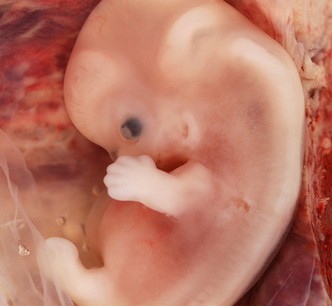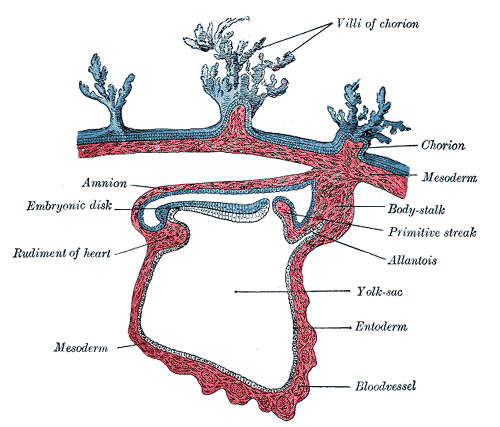Fertilization
• The process by which male and female gametes fuse to give rise to a zygote.
• Occurs in the ampullary region of uterine tube.
• Spermatozoa preparing itself to be able to fertilize the oocyte:
1) Capacitation
2) Acrosomal reaction
• Phases:
Phase 1: Penetration of corona radiata
Phase 2: Penetration of zona pellucida
phase 3: Fusion of oocyte and sperm cell membrane
• Reception of spermatozoa: How the egg responds and behave:
- Cortical and zona reaction
- Resumption of 2nd meiotic division
- Metabolic activation of egg
• Main results/ sequelle:
- Restoration of diploid number of chromosomes.
- Determination of sex
- Initiation of cleavage
Male Gamete
• Morphology of spermatozoa:
– Head
– Neck
– Tail
• Middle part
• Principal part (tail)
• Middle part:
– A long cylinder, 1micron in diameter and 7 micron long
– Axial bundle of microtubules (fibrils) or axoneme (axial filament) surrounded by a mitochondrial sheath
– Axoneme consists of a central pair of microtubules within a symmetrical set of nine doublet microtubules and outside this is a second ring of nine coarser fibres.
• Principal part or tail:
– Motile part of cell
– 0.5 micron in diameter, 40 micron long
– Axial bundle of fibrils and surrounding array of coarse fibres are continued uninterruptedly from the basal body through the mitochondrial sheath and through the whole length of tail except for its terminal 5-7 micron in which the axial bundle alone persists, the coarse fibres casing before them.
– End part has typical structure of flagellum.
• Spermatogenesis:
– Three phases
• Spermatocytosis
• Meiotc divisions
• Spermiogenesis
• Spermatocytosis:
– The spermatogonia proliferate by mitotic division to replace themselves and produce primary spermatocytes.
– Three types of spermatogonia can be distinguished:
• Dark type A
• Light type A
• Type B
• Meiotic divisions:
– Primary spermatocytes
– Secondary spermatocytes
– spermatids
• Spermiogenesis:
– The sprmatids become spermatozoa.
– It is the period during which greatest visible transformation of structure occurs.
 howMed Know Yourself
howMed Know Yourself



